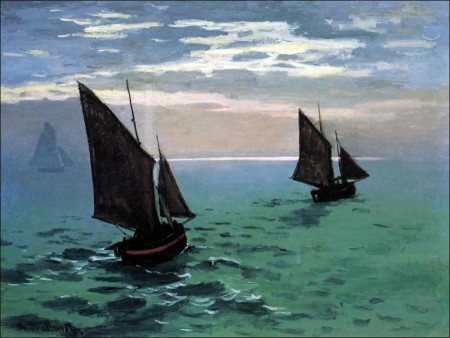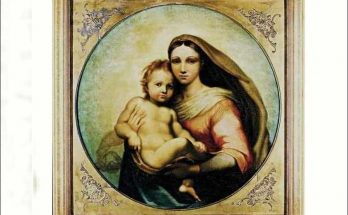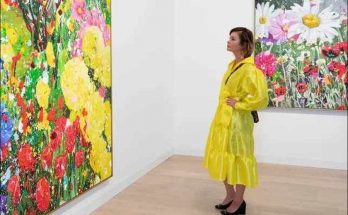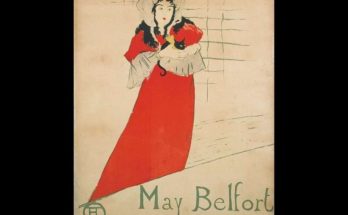1840-1926, French landscape painter, b. Paris. Monet was a founder of impressionism. He adhered to its principles throughout his long career and is considered the most consistently representative painter of the school as well as one of the foremost painters of landscape in the history of art.
As a youth in Le Havre, Monet was encouraged by the marine painter Boudin to paint in the open air, a practice he never forsook. After two years (1860-62) with the army in Algeria, he went to Paris, over parental objections, to study painting. In Paris, Monet formed lasting friendships with the artists who would become the major impressionists, including Pissarro, Cézanne, Renoir, Sisley, and Bazille. He and several of his friends painted for a time out-of-doors in the Barbizon district.
Monet soon began to concern himself with his lifelong objective: portraying the variations of light and atmosphere brought on by changes of hour and season. Rather than copy in the Louvre, the traditional practice of young artists, Monet learned from his friends, from the landscape itself, and from the works of his older contemporaries Manet, Corot, and Courbet. Monet’s representation of light was based on his knowledge of the laws of optics as well as his own observations of his subjects. He often showed natural color by breaking it down into its different components as a prism does. Eliminating black and gray from his palette, Monet rejected entirely the academic approach to landscape.
In his later works Monet allowed his vision of light to dissolve the real structures of his subjects. To do this he chose simple matter, making several series of studies of the same object at different times of day or year: haystacks, morning views of the Seine, the Gare Saint-Lazare (1876-78), poplars (begun 1890), the Thames, the celebrated group of Rouen Cathedral (1892-94), and the last great lyrical series of water lilies (1899, and 1904-25), painted in his own garden at Giverny (one version, a vast triptych c.1920; Mus. of Modern Art, New York City).
In 1874 Sisley, Morisot, and Monet organized the first impressionist group show, which was ferociously maligned by the critics, who coined the term impressionism after Monet’s Impression: Sunrise, 1872 (Mus. Marmottan, Paris). The show failed financially. However, by 1883 Monet had prospered, and he retired from Paris to his home in Giverny.
In the last decade of his life Monet, nearly blind, painted a group of large water lily murals (Nymphéas) for the Musée de l’Orangerie in Paris. Monet’s work is particularly well represented in the Louvre, the Marmottan (Paris), the National Gallery (London), the Metropolitan Museum of Art, and the Art Institute of Chicago. It is also included in many famous private collections.
Visits: 100



